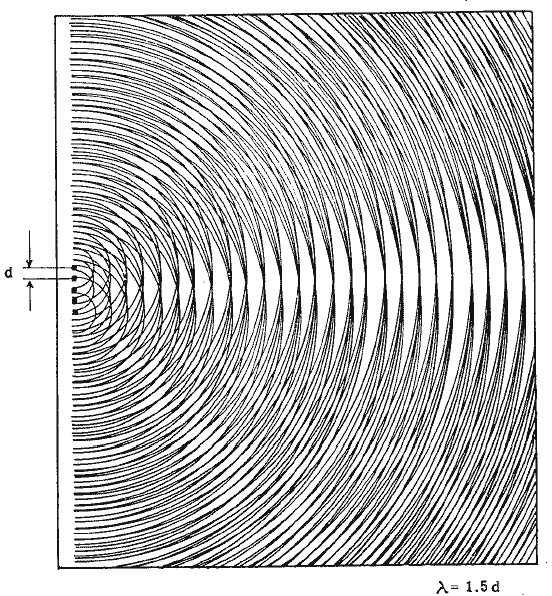"Not all duplication is going to result in combing. Some will combine gracefully and become a single wavefront. Some may remain independent. Some may comb but be filled in by a well arranged diversity of other sources."..and your point is?
I'm not averse to discussing the specifics if it comes to that, as Keele wasn't to entertaining flat baffle placement for various delay and shading schemes.
That’s what you wrote earlier and it really makes it sound like this is true in general.
My point is: it’s simply not.
What is true in general is the fact of interference (i.e., comb filtering). That’s just how multiple sources physically interact with each other.
It's inherent to the physics.
Even in very specific setups, like Keele’s configuration, interference still occurs. The difference is that the configuration is so carefully designed that it produces satisfying results despite the interference.
Most setups won’t perform gracefully. Only a few very specific cases can, and even then, only when a lot of care and attention to detail have been applied.
And that’s not easy to pull off.
I'm not against discussing the matter, but let’s first make sure the ground foundation is clear.
What I hear so much is that precise analysis sounds overly daunting and final to experimenting speaker builders. I don't believe it's in perspective with expectation.
I truly believe that people will learn something with every build they make. Something they do well, something they don't. Something they thought wouldn't but did, or didn't.
You and I ought to be having an advanced level discussion on our own thread, maybe.
I truly believe that people will learn something with every build they make. Something they do well, something they don't. Something they thought wouldn't but did, or didn't.
You and I ought to be having an advanced level discussion on our own thread, maybe.
Some will combine gracefully and become a single wavefront

At LF it will act as a single source, at HF there is combimg which results in a 3 dB/octave roll-off — not only the magnitude (this has to affect DDR as well). In between there is a transition region.
The OP’s 3x3 splayed array will have verticlal combing on each of the 3 mini-baffles. The splay will somewhat mitigate the horizontal combing. Getting the drivers as close as possible (vertically) will push the transition frequency up. The horizontal combing has to take the driver off-axis into the equation.
Personally i’d squish the drivers as close as possible and Low Pass the bottom 6.
The same issues arise when thinking about dodecahedron or icosahedron omnis.
dave
PS: what you hear is not as messed up as what you see with your eyes (ref Toole)
Last edited:
I've got no idea about the combing and stuff, but there's very little distance behind the drivers to absorb the rear wave, this might be a good thing if the distance is so short that a wave can't form, it might be bad. Only one way to tell if they'll work for sure, and that's to make them. I didn't think crossing over up at 8,000 Hz would work, until I tried it.